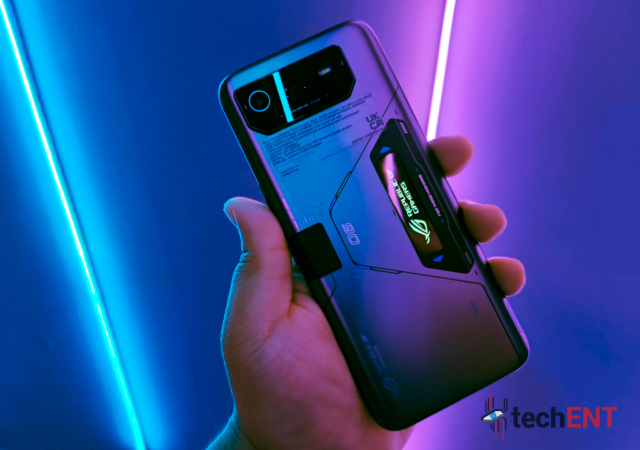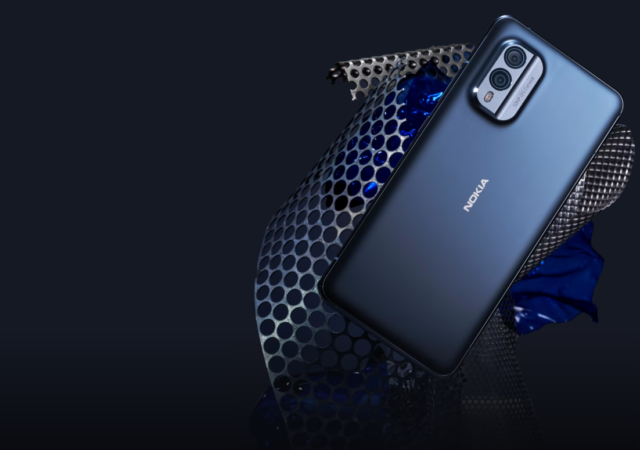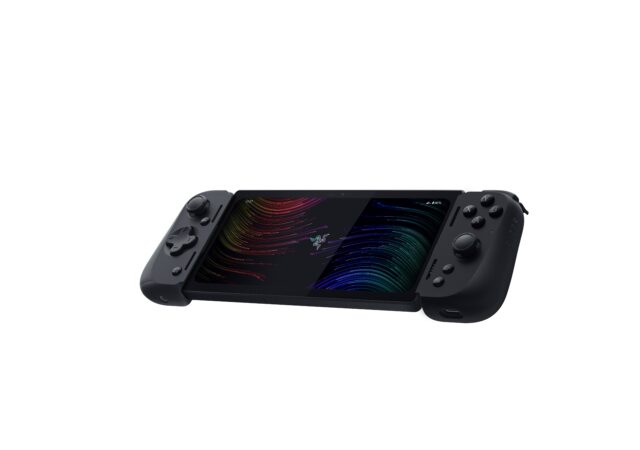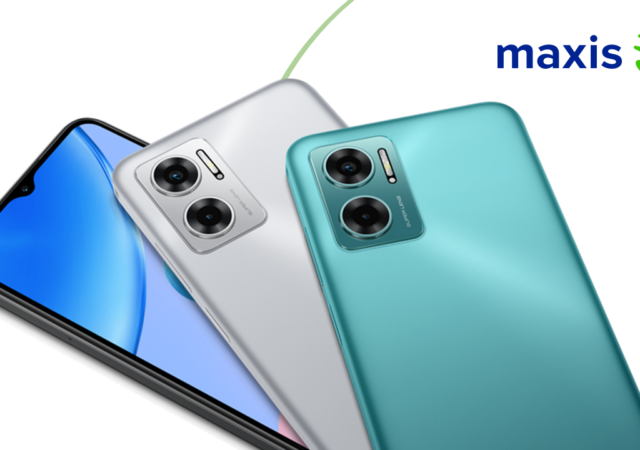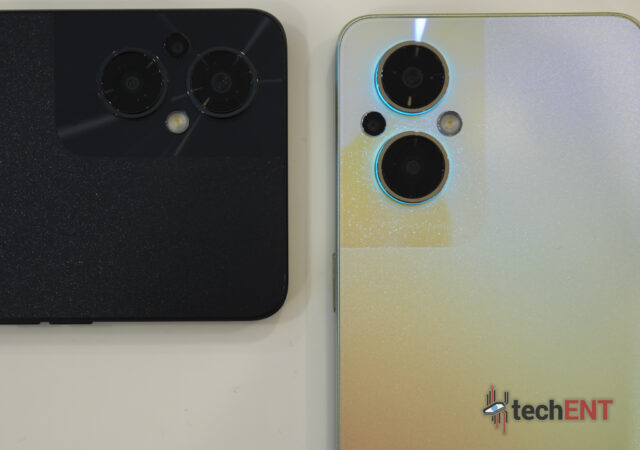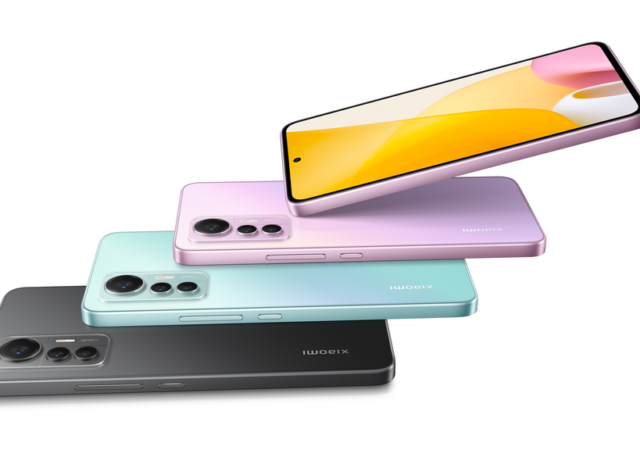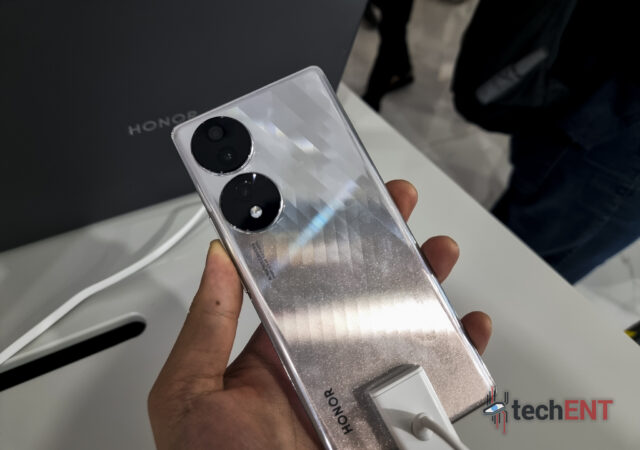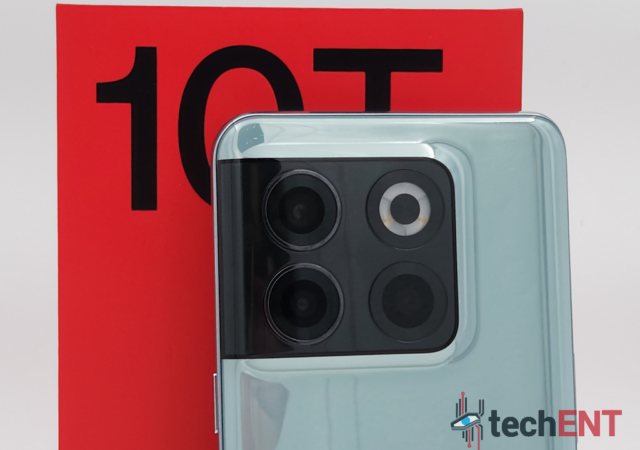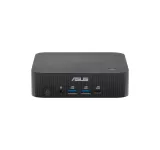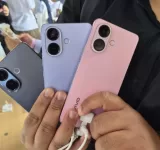HONOR unveils the Magic Vs, their latest foldable smartphone for the global market. The new device goes head-to-head with Samsung’s best.
The ROG Phone 6 Gets the D with Mediatek’s Dimensity 9000+ & Batman
The ROG Phone 6D is officially available in Malaysia! The Mediatek Dimensity powered smartphone brings a whole new level of performance to an already powerful phone.
HMD Global’s Most Eco-friendly Device, the Nokia X30 5G, Available in Malaysia
HMD Global brings the new eco-friendly Nokia X30 to Malaysia for MYR2,099 with a 50-megapixel main camera and 4,300mAH battery.
[RAZERCON 2022] Razer Announces Razer Edge with 5G to Take on the Steamdeck
Razer revives the Edge name in the form of a gaming handhled device powered by Qualcomm’s latest Snapdragon G3x Gen 1 gaming processor.
Xiaomi’s Redmi 10 5G Available in Malaysia Exclusively from Maxis
Xiaomi launches the Redmi 10 5G in an exclusive agreement with Maxis which offers the device for as low as MYR1.
OPPO Launches the Reno8 Z 5G at MYR 1,799
OPPO Launches the Reno8 Z 5G, a budget friendly mid-range smartphone packing 64MP triple camera punch for MYR 1,799.
Xiaomi 12 Lite Brings a 108-Megapixel Camera to the sub MYR1,000 Price Point
Xiaomi announces the Xiaomi 12 Lite which comes with a 108-megapixel sensor and an AMOLED display with 120Hz refresh rate.
HONOR Launches Their New HONOR 70, Flagship Performance at MYR 1,999
HONOR launches the new HONOR 70 with 54-Megapixel IMX800 1/1.49-inch sensor for their main camera at MYR 1,999.
OnePlus 10T 5G Available for Pre-order in Malaysia
The OnePlus 10T 5G goes up for pre-order in Malaysia with an impressive price tag and a OnePlus Nord CE 2 Lite 5G up for grabs.
Samsung’s New Galaxy Z Fold4 Unpacked With More Productivity-Focused Features
Samsung’s new Galaxy Z Fold4 has been unpacked with an increased emphasis on productivity and updates that put it on par with other Samsung flagships.




